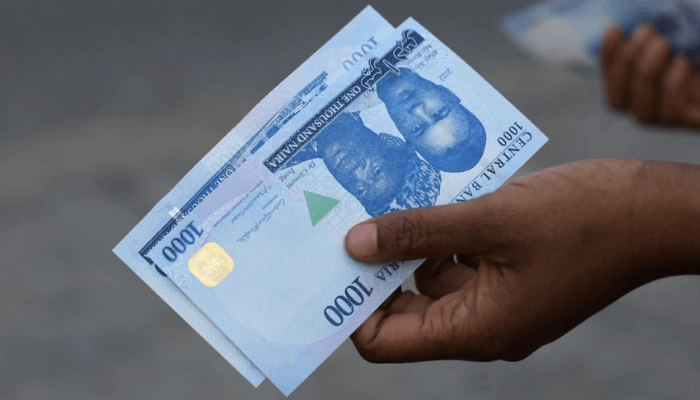Naira, Nigeria’s currency, recorded 0.58 percent gain over the US dollar amid a decline in supply of the greenback at the official foreign exchange (FX) on Monday.
After trading on Monday, the naira appreciated as the dollar was quoted at N1,617,96, stronger than N1,627.40 quoted on Friday at the Nigerian Autonomous Foreign Exchange Market (NAFEM), data from the FMDQ Securities indicated.
This was attributed to increased demand for the naira as analysts had predicted after the Central Bank of Nigeria hiked the Monetary Policy Rate by 400 basis points to 22.75 percent from 18.75 percent.
The Monetary Policy Committee (MPC) meeting, which held on Monday and Tuesday last week, raised the MPR by 400 basis points to 22.75 from 18.75 per cent., adjusted the asymmetric corridor around the MPR to +100/-700 from +100/-300 basis points, raised the Cash Reserve Ratio from 32.5 percent to 45.0 per cent, and retain the Liquidity Ratio at 30 per cent.
During the FX market trading, the intraday high rose to N1,650 per dollar on Monday, weaker than N1,640/$1 quoted on Friday. The intraday low also depreciated to N1,511 per dollar as against N1,413/1 exchanged on Friday at NAFEM.
The dollar supply by willing buyers and willing sellers dropped by 67.56 percent to $96.13 million on Monday from $296.35 million recorded on Friday.
At the parallel market, commonly referred to as black market, the naira hovered around N1,610 to N1,620 on Monday, as against N1,620 on Friday.
The gap between the official and parallel market rates narrowed to just N1, with the official rate at N1,617 and the average black market rate at N1,618.
Nigeria’s external reserves, which gives the Central Bank of Nigeria (CBN) the firepower to defend the naira have recorded 2.83 percent year-to-date accretion following inflows from foreign capital and remittances.
Data from the Central Bank of Nigeria (CBN) revealed that foreign currency reserves increased to $34.11 billion as of March 7, 2024 from $33.17 billion at the beginning of the year.
External reserves refer to the foreign currency and other assets held by a country’s Central Bank. These reserves are typically composed of foreign currencies, gold, and other international assets.

